Explore Our Garden Wildlife Blog
Browse or search by Category or Keyword below, alternatively click on any Tag to see related articles.
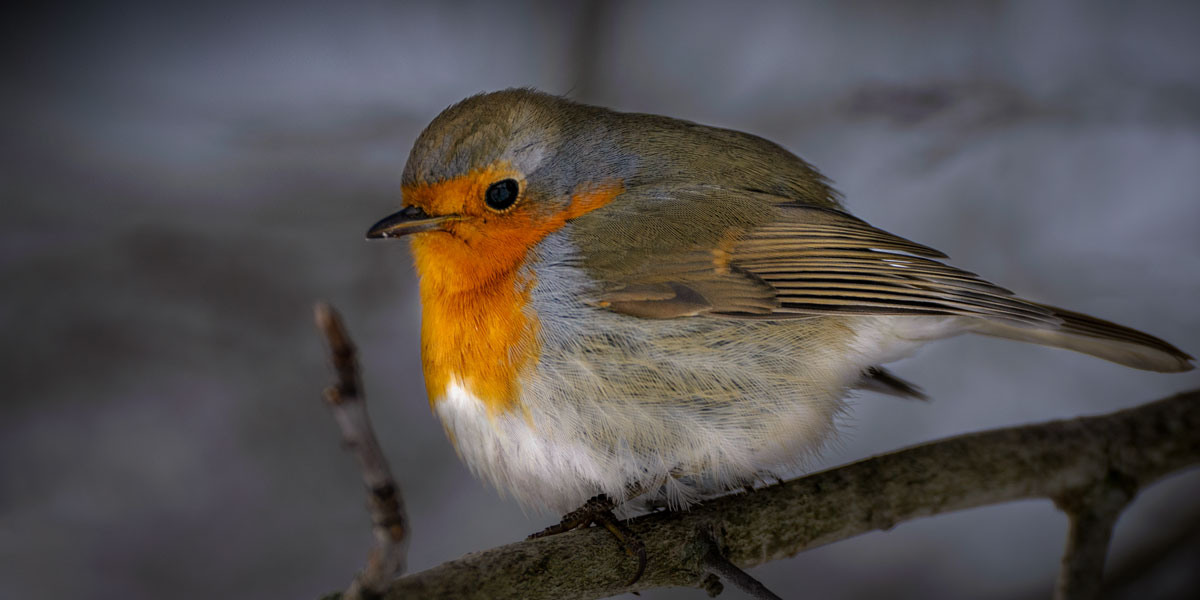

How Do Birds Keep Warm & Survive in the Winter?
By Ark Wildlife
11th November 2022
Last Updated: 5th April 2024
Even from the comfort of our centrally heated homes, wrapped up in cosy knitwear, we still feel the icy chill of winter. And when we step outside, we go equipped with coats, scarves, gloves, hats and all other manner of clothing. So how do birds, exposed to the elements all night and day, cope during the colder months?
Of course, some birds escape the world’s colder regions entirely when winter rolls around, preferring to holiday in warmer climes. Even the comparatively mild UK loses many birds when the mercury drops. But for those that don’t migrate, just how do they stay warm as we shiver through winter?
Are birds warm or cold blooded?
Like humans, birds are warm blooded or endothermic, which means their bodies generate heat and maintain a constant temperature even in cold weather. While many of the dinosaurs from which they are descended were cold-blooded, birds as we know them are believed to have evolved into warm-blooded creatures many millions of years ago.
Unlike other animals they cannot afford to lay down extra fat as this would hamper their ability to fly and put them at risk of predation. So only small amounts of fat are stored, perhaps just enough to keep them warm for a single night. In fact, small birds can lose over 10% of their total body weight during a single winter night.
So, how do birds keep warm in winter?
Whilst birds cannot grow a thick winter coat (as many mammals do), they do add extra, light downy feathers. These appear during the autumn moult and remain under the main body and flight feathers providing extra insulation (so good in fact, we still use them in pillows and duvets today) without adding excessive weight. At night, they can then fluff themselves up and tuck their head under their wings for extra protection.
Where do birds go in the winter?
A final trick they employ is to find shelter: thick vegetation, a nest box, a hole in a tree, often huddling together for warmth. Houses and other heated property is a favourite and any gap, nook or cavity will be occupied, resulting in many a household being woken in the night by the sound of birds scratching around in the eaves.
Millions of birds migrate from the UK to warmer climes each winter, some flying thousands of miles as far as sub-Saharan Africa or even Latin America in a journey that can take up to a month. Among the common UK garden birds that migrate south in the winter are swallows, martins, nightingales, yellow wagtails, cuckoos, swifts, ospreys and terns. Many types of swans and geese also migrate to different parts of Europe during the winter.
Where do birds sleep at night in the winter?
Birds have an incredible ability to find warm spots in which to sleep during the coldest nights. Some sleep in the gap between loose bark and tree trunks, using both natural cavities and ones they have carved out themselves. Others might use hedgerows, thick vegetation, vines and creepers on buildings or available roof spaces to keep warm.
Which birds don’t migrate and stay in the UK for the winter?
While we do lose quite a lot of migratory birdlife as the days get shorter and colder, our winters are not nearly as severe as countries like Canada and Russia experience. The vast majority of birds from those places migrate for the winter months, while only around half leave the UK.
Here are some of those species who stick with us as the nights draw in:
Best Bird Food for Winter
Ultimately all of these tactics rely on finding enough food to provide the energy required to keep body temperature up during the night, whatever the weather. This is particularly hard for them because daylight foraging is reduced to 8 hours or less, compared to over 16 hours during the summer. BTO research has shown that small birds must spend over 85% of daylight hours just foraging for food to be able to consume enough calories to survive the long night.
No wonder gardens with bird feeders are so busy during winter days. Large flocks of birds will travel surprising distances to attend gardens where they know the feeders will be full. When you see a blue tit or a blackbird, it will be one of dozens attending and sharing the food. Tagged studies have shown more than 30 different blackbirds and 35 different blue tits, (among many other species), visit a single garden in a day.
Putting out good quality natural bird food is great for garden birds at any time of year. Peanut granules and sunflower hearts have great nutritional value for the cold winter months. But making sure the bird table and bird feeders are topped up daily during the winter and especially during cold snaps is most important and makes a massive contribution to bird survival rates.
During winter otherwise territorial and aggressive birds such as robins become tolerant of others, driven by the need to feed. Robins and other small garden birds need to eat almost their own weight in food to be able to survive a 16-hour winter night, leaving no time or spare energy to waste on fighting. You can purchase one of our adjustable robin feeders to help provide these birds with the food they need.
Birds to spot in the winter in your garden
Some of the most commonly sighted garden birds to keep an eye out for in winter include:
House sparrows
Long-tailed tits
Goldfinches
Wood Pigeons
Starlings
Do birds feel the cold?
Despite having layers of feathers, which they fluff up to trap warm air and increase their body heat, birds do feel the cold and often respond to cold weather by shivering to generate heat. Unfortunately, prolonged periods of cold weather can be catastrophic for garden birds. Consecutive frozen nights deplete their reserves, weakening them night after night until eventually, exhausted and cold they die.
It is not unusual after a particularly hard frost to find corpses of birds frozen solid, still perched on the branch where they perished. Garden bird population counts regularly show that their numbers can plummet by 50% or more during cold winters.
Where do blackbirds go in the winter?
Many stay right where they are, which can be pretty much any kind of habitat, other than the highest peaks. Others migrate locally, finding warmer spots within the UK, sheltering in evergreen woodlands and sometimes around lights in our towns and cities. You can help them out and attract them to your garden with a bird nesting box.
We even get visiting blackbirds from colder climates wintering with us. Birds from places like Scandinavia and the Baltic states make yearly trips to the UK in search of food.
Where do sparrows go in the winter?
These familiar birds are our constant companions in the UK, even as the days turn colder. As sparrows don’t migrate, they use other techniques to keep themselves warm in Winter. You can expect to see sparrows bundled together to share heat, along with minimising their surface area by tucking in their heads.
However, some may leave breeding grounds to seek out food at nearby farmlands and grasslands during winter. To escape the elements, sparrows, like many birds, excavate places to roost. As well as thick vegetation, our heated houses provide a likely spot for this, so don’t be surprised to come across sparrows in your roof space. These birds will also use house sparrow nesting boxes which you can provide for them.
Where do robins go in the winter?
This quintessential winter bird can be found on Christmas cards, Christmas trees and cartoons. But you can also identify robins in UK gardens (especially if you’ve got a robin nest) as well as in parks and hedgerows, all year round, although some do migrate across the Channel to find higher temperatures in mainland Europe.
The ones that stay put are more active – and visible – than some birds during the winter because they can begin breeding in January if it’s a mild one. They’re also one of the few species that keeps singing right on through the frosts, partly to warn others off their territories.
External sources/references
- 40 ways to help your garden birds this winter
- Different types of migratory birds
- Birds to spot in your garden this winter






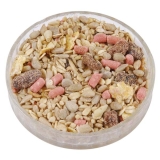
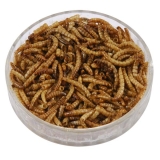
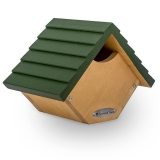
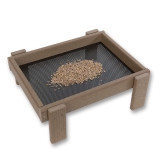


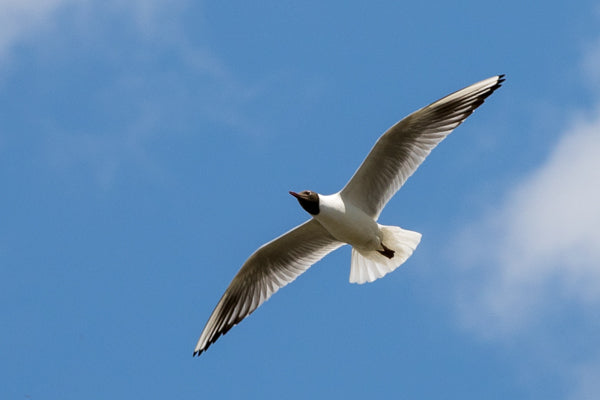
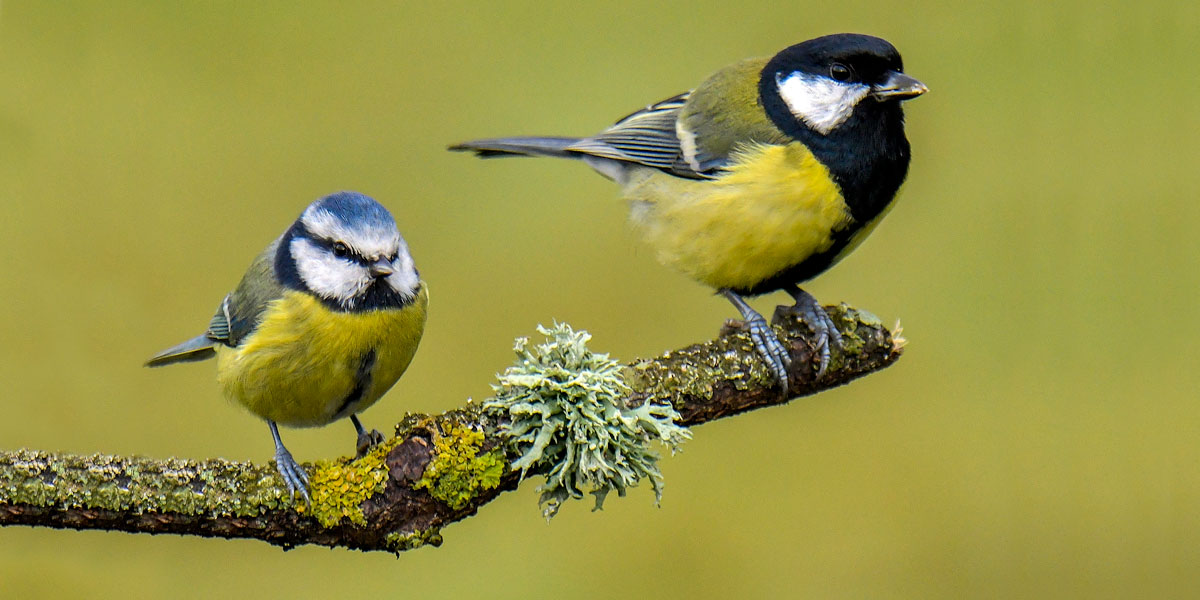


Great information
Thankyou..what an informative site.
I will be back to read more.
Thank guys. Your article has brought many useful information for us. This helps me a lot.